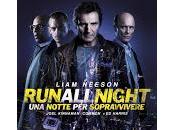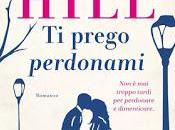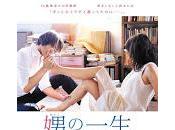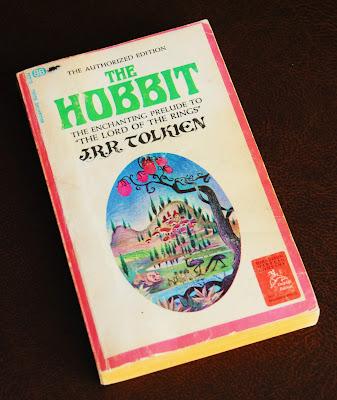
The Hobbit di J.R.R. Tolkien Ballantine Books, New York, 1° ed. 1965, 4° ristampa 1965 Edizione riveduta Illustrazione di Barbara Remington Brossura
Note di copertina In this delightful and enthralling tale, J.R.R. Tolkien first created the imperishable world of fantasy called Middle-earth and those charming, lilliputian creatures – the Hobbits – whose adventures continue in “The Lord of the Rings.” ‘The Hobbit belongs to a very small class of books which have nothing in common save that each admits us to a world of its own- a world that seems to have been going on before we stumbled into it but which, once found by the right reader, becomes indispensable to him. Its place is with 'Alice and The Wind in the Willows.' ... Prediction is dangerous, but 'The Hobbit' may well prove a classic.' -London. Times Literary Supplement
Ballantine books is the paperbound publisher of the Quthorized Editions of "The Hobbit" and "The Lord of the Rings" Revised Edition STATEMENT FROM THE AUTHOR "This paperback edition, and no other, has been published with my consent and co-operation. Those who approve of courtesy (at least) to living authors will purchase it, and no other."
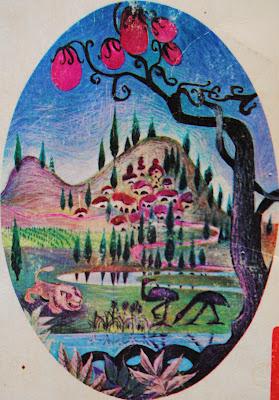

Questa edizione, come molti collezionisti tolkieniani sapranno, presenta due versioni: con e senza “leone”. La storia è ben nota in quanto fu lo stesso Tolkien a sollevarla all’indomani della pubblicazione negli Stati Uniti nel 1965. Lo stesso Tolkien, il 12 settembre 1965 scrisse al suo editore inglese, Rayner Unwin, per sottoporgli la sua contrarietà alla scelta dell’illustrazione di copertina realizzata da Barbara Remington che mostrava in primo piano un albero con dei bulbi rossi, 2 emù e un leone! Tolkien si arrabbiò moltissimo per questa scelta e nella sua lettera si chiedeva se qualcuno avesse mai letto il suo libro perché trovava davvero fuori luogo la presenza di animali, come il leone e gli emù, che nel suo libro non erano assolutamente presenti. Dopo le sue rimostranze, solo il leone, nell’edizione del 1966, scomparve dalla copertina.
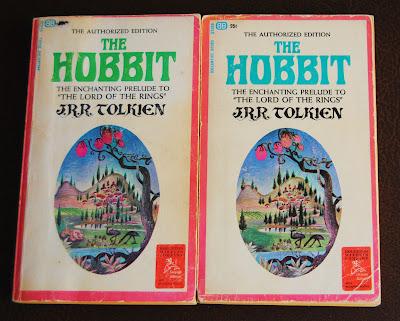
Questa la lettera di Tolkien pubblicata nel volume “The Letters of J.R.R.Tolkien” a cura di Humprey Carpenter.
277 To Rayner Unwin 12 September 1965
[In August 1965 Ballantine Books produced the first 'authorised' American paperback of The Hobbit, without incorporating Tolkien's revisions to the text. The cover picture showed a lion, two emus, and a tree with bulbous fruit. (When the book was reissued by Ballantine the following February, with the revised text, the lion had disappeared beneath yellow-green grass.)]
I wrote to [his American publishers] expressing (with moderation) my dislike of the cover for [the Ballantine edition of ] The Hobbit. It was a short hasty note by hand, without a copy, but it was to this effect: I think the cover ugly; but I recognize that a main object of a paperback cover is to attract purchasers, and I suppose that you are better judges of what is attractive in USA than I am. I therefore will not enter into a debate about taste – (meaning though I did not say so: horrible colours and foul lettering) – but I must ask this about the vignette: what has it got to do with the story? Where is this place? Why a lion and emus? And what is the thing in the foreground with pink bulbs? I do not understand how anybody who had read the tale (I hope you are one) could think such a picture would please the author. These points have never been taken up, and are ignored in [their] latest letter. These people seem never to read letters, or have a highly cultivated deafness to anything but 'favorable reactions'. Mrs. —— [a representative of the paperback publishers] did not find time to visit me. She rang me up. I had a longish conversation; but she seemed to me impermeable. I should judge that all she wanted was that I should recant, be a good boy and react favorably. When I made the above points again, her voice rose several tones and she cried: 'But the man hadn't TIME to read the book!' (As if that settled it. A few minutes conversation with the 'man', and a glance at the American edition's pictures should have been sufficient.) With regard to the pink bulbs she said as if to one of complete obtusity: 'they are meant to suggest a Christmas Tree'. Why is such a woman let loose? I begin to feel that I am shut up in a madhouse. Perhaps with more experience you know of some way out of the lunatic labyrinth. I want to finish off Gawain and Pearl, and get on with the Silmarillion and feel that I cannot deal with H[oughton] M[ifflin] or Ballantine Books any more. Could you suggest that I am now going into purdah (to commune with my creative soul), the veil of which only you have authority to lift – if you think fit?
